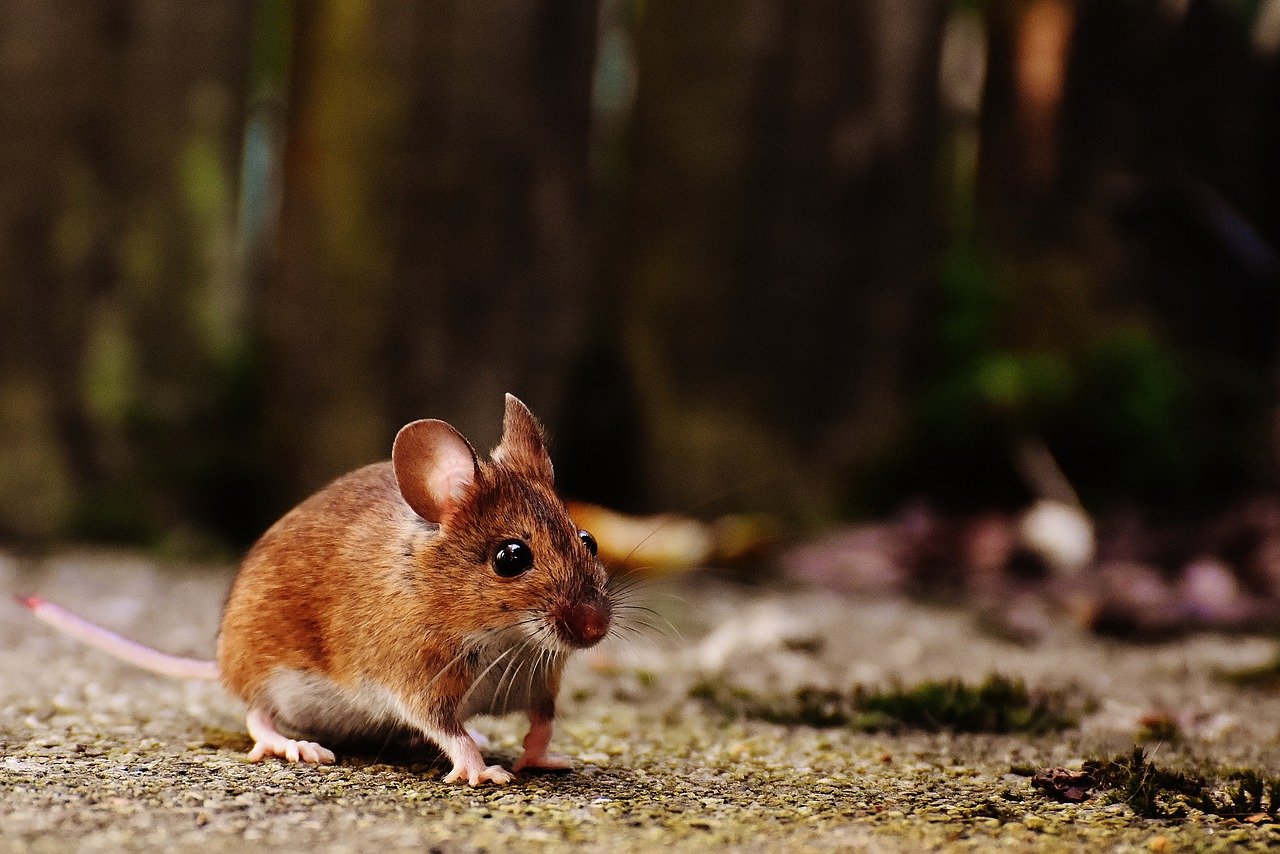Rodents in the house and garden?

What are rodents?
Rodents (Rodentia) are the most species-rich species within the group of mammals with about 2,280 species. The nagging with the rodent saline teeth typical for rodents is named: Each pair of them sits in the upper and lower jaws and grows a nag-life long after. The rodent teeth are kept on length by gnawing on hard food and/or hard objects, so that the rodent teeth rub steadily.
Why are rodents considered pests?
Two to three hundred are considered to be harmful rodents, because they cause damage in agriculture and food production, among other things:
- Either eat the fruits from the field
- Or because of their underground way of life the roots and tubers of the plants.
But: Man bears the greatest share of this development, because he uses the once natural habitat of rodents for his purposes, manages the land and thus reduces the natural food supply of rodents. Many are forced to seek new food sources.
- Some rodents also make their way to certain insulation materials and gnaw at pipes for electricity and water.
- In addition, some rodents are considered to be carriers of disease, especially rats, which are still falsely believed to have transmitted the plague in the Middle Ages, although that was the so-called rat flea, which lives in the fur of rats.
Mice and rats in the house and garden shed
Of the 65 known rat species known worldwide, the two species is more common according to Planet Knowledge:
- The house rat (also called ship rat, brown rat or roof rat), loves it warm and avoids water. It is therefore often found in attics. Planet Knowledge also says that the house rat has become very rare with us.
- The migratory rat (also called common rat, black rat, canal rat, water rat or Norwegian rat) is very widespread. They like to live deep down, likes water, digs corridors and likes to stay in sewers. The wandering rat thrives on what the human being flushes down the toilet and she climbs over unsecured drains into cellars, where they feel comfortable. They usually build their nest outside the house.
Look for loopholes and clog them
Rodents enter the house through cracks and holes, for example between pipes and doors.
- Search specifically for such loopholes! You can sprinkle flour on which the footprints of the rodents are visible.
- Plug the loopholes immediately. First, makeshift with newsprint, so that the animals, which may still be in cavities, are not locked, but can get outside.
- If there is no more rodent in the house and garden shed, the loopholes should be expertly clogged, for example with insulating material, construction foam, fine mesh wire or a metal sheet.
Resettle the uninvited guests
Once you have sealed the house and garden shed, you can catch rodents that are still in the house alive and then expose them. Visit pest control if you need organic pest control services.
Make sure that you:
- Need several live traps to catch a rodent.
- Position the baits (for example, peanut butter, pumpernickel, cheese; in rats: sweet mashed potatoes) in such a trap that the tail of the rodents is not pinched when the live trap snaps.
- Check the traps regularly. If you can’t have an hourly check, according to PETA, you don’t have to set up live traps because mice and rats “die of stress and dehydration after just a few hours.”
- Cover the snapped trap so as not to unnecessarily increase the stress of the rodents in it.
- Expose the trapped rodent as soon as possible about 100 meters away from the house/garden house.